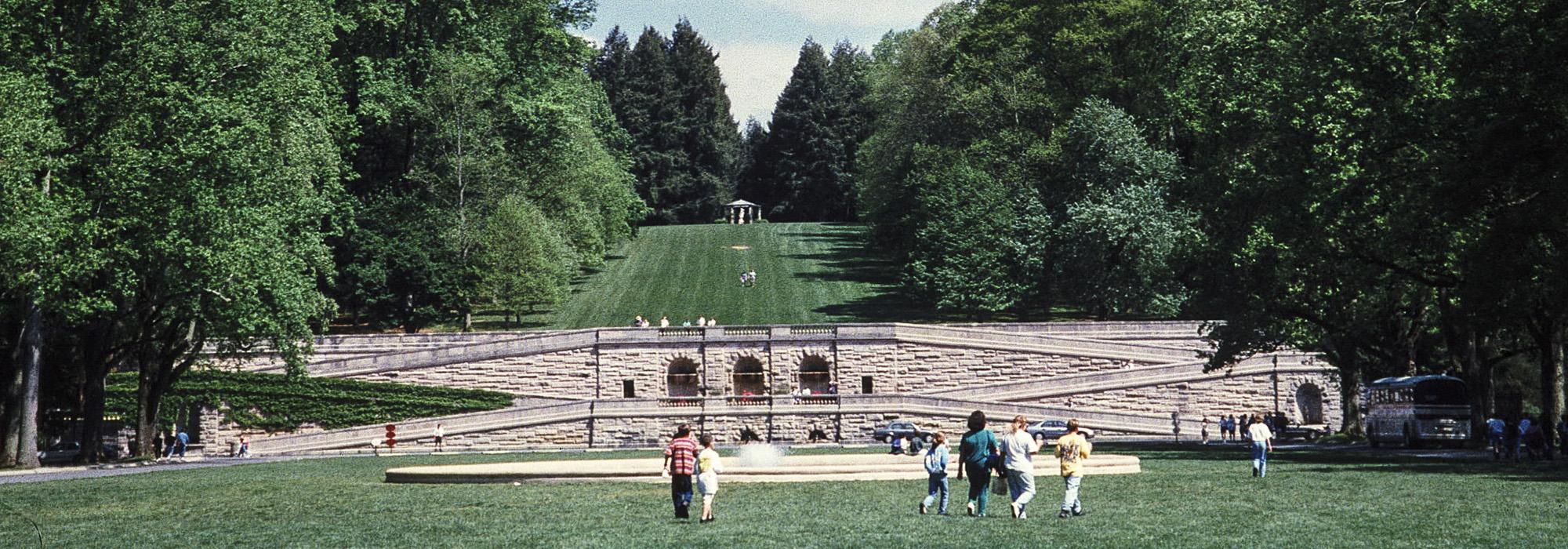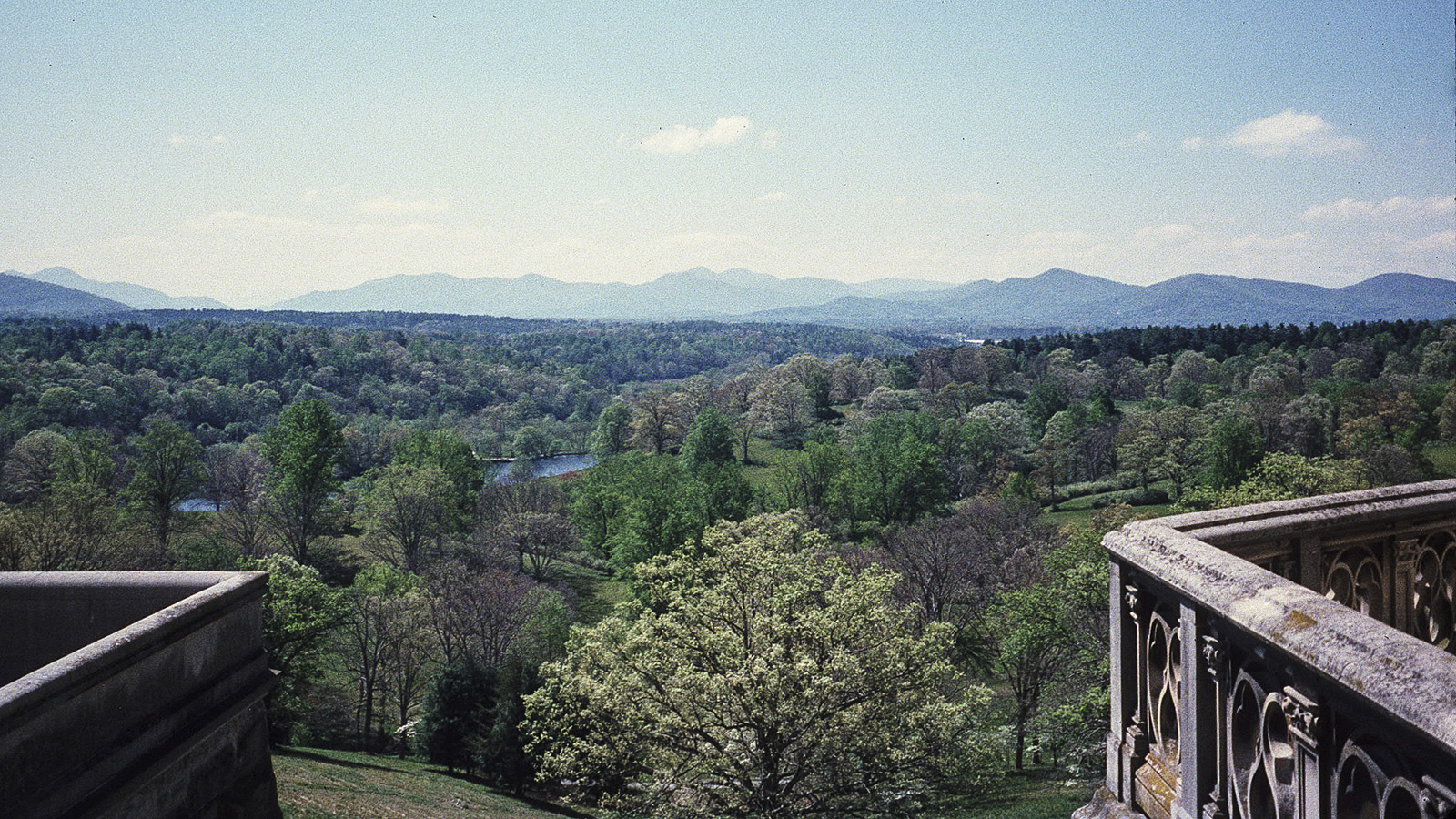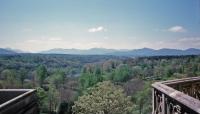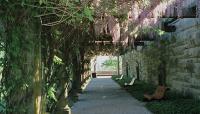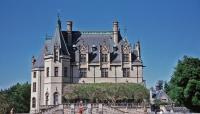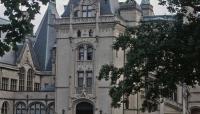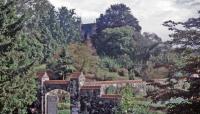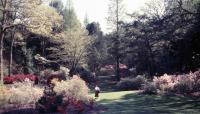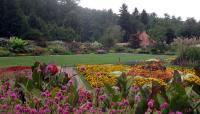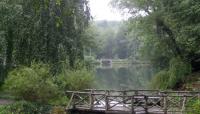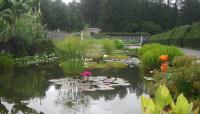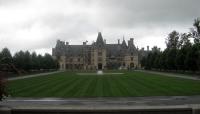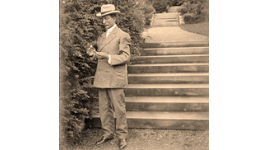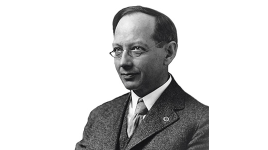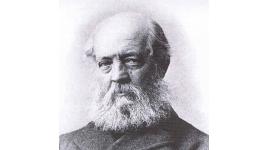Landscape Information
At 125,000 acres, George W. Vanderbilt’s Biltmore was one of the largest residential commissions ever undertaken in the United States. Between 1889 and 1895, the self-sufficient estate, complete with working farm and fully integrated horticulture, forestry, and land management programs, was designed by architect Richard Morris Hunt and landscape architect Frederick Law Olmsted, Sr. Olmsted’s innovative recommendation to surround a 250-acre pleasure park with a commercial timber forest prompted Vanderbilt to employ Gifford Pinchot, who later established the U.S. Forest Service, and Carl Schenck, who with Pinchot established the nation’s first forestry education program at the Biltmore Forest School.
The approximately 40-acre formal landscape of Biltmore has distinct gardens. The Italian Garden, on a terrace below the chateau, has water-lily pools, grass panels, and statuary. This garden steps down to a picturesque "ramble" with walkways winding through flowering shrubs and specimen trees. The square, four-acre Walled Garden holds symmetrical flower beds with a central grape-covered arcade leading to the Conservatory. The naturalistic Azalea Garden, originally known as "The Glen," was planted by Olmsted Brothers and designed with Chauncey Beadle, who oversaw the Biltmore gardens from 1890 to 1949. The estate also includes extensive managed woodlands with walking and bridle trails.
85,000 acres of the estate is now part of Pisgah National Forest. The property was first opened to the public in 1930 and was designated a National Historic Landmark in 1963. In 2002 the designation was expanded to recognize Chauncey Beadle, Edith Stuyvesant Vanderbilt, and her attorney, Julius Green Adams.



